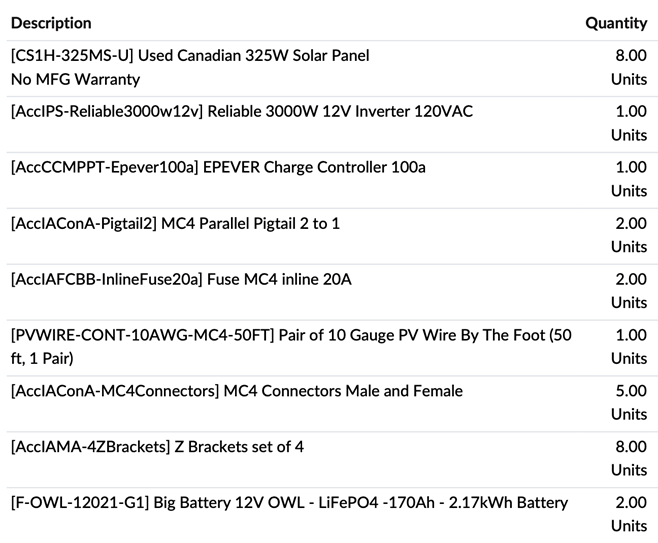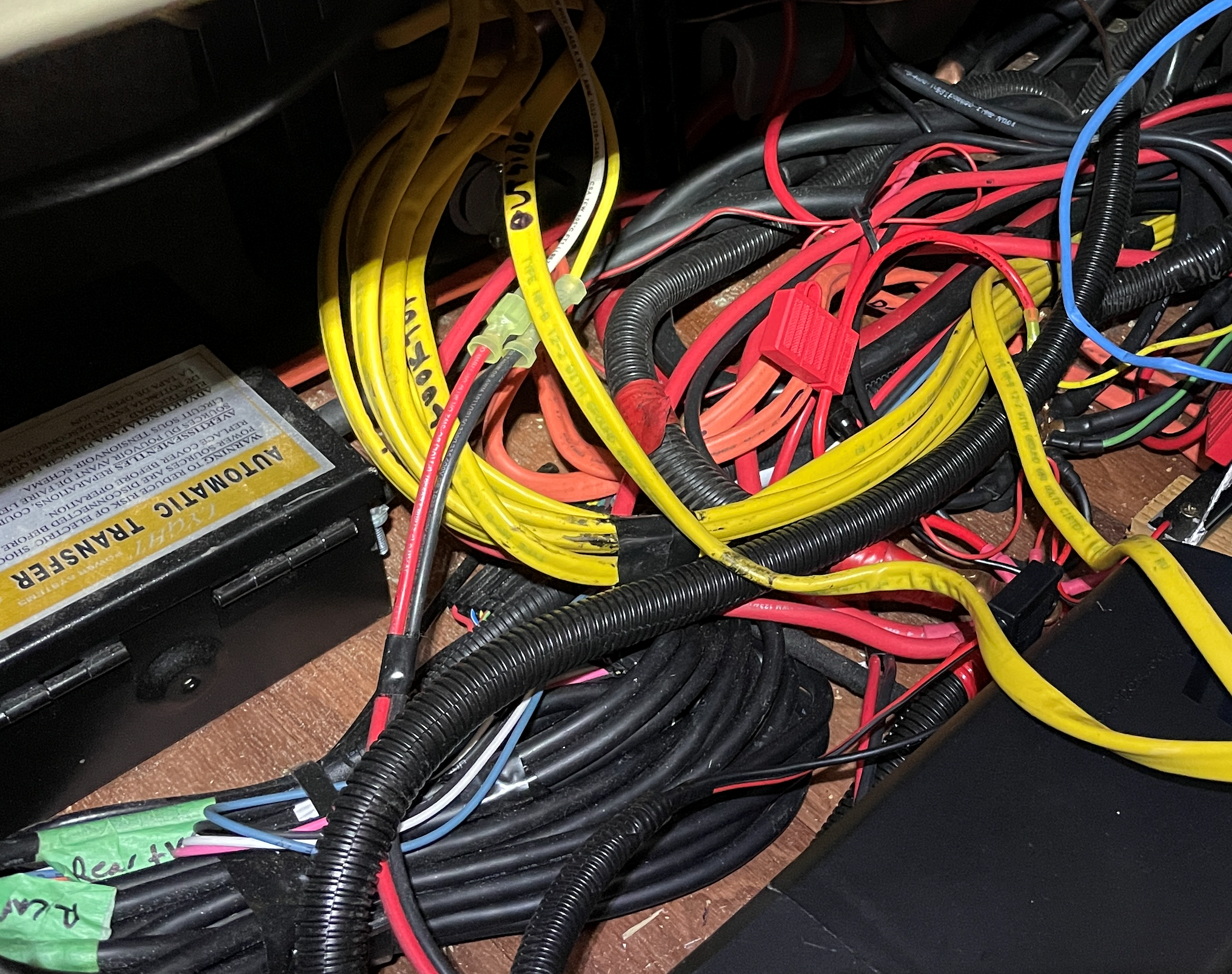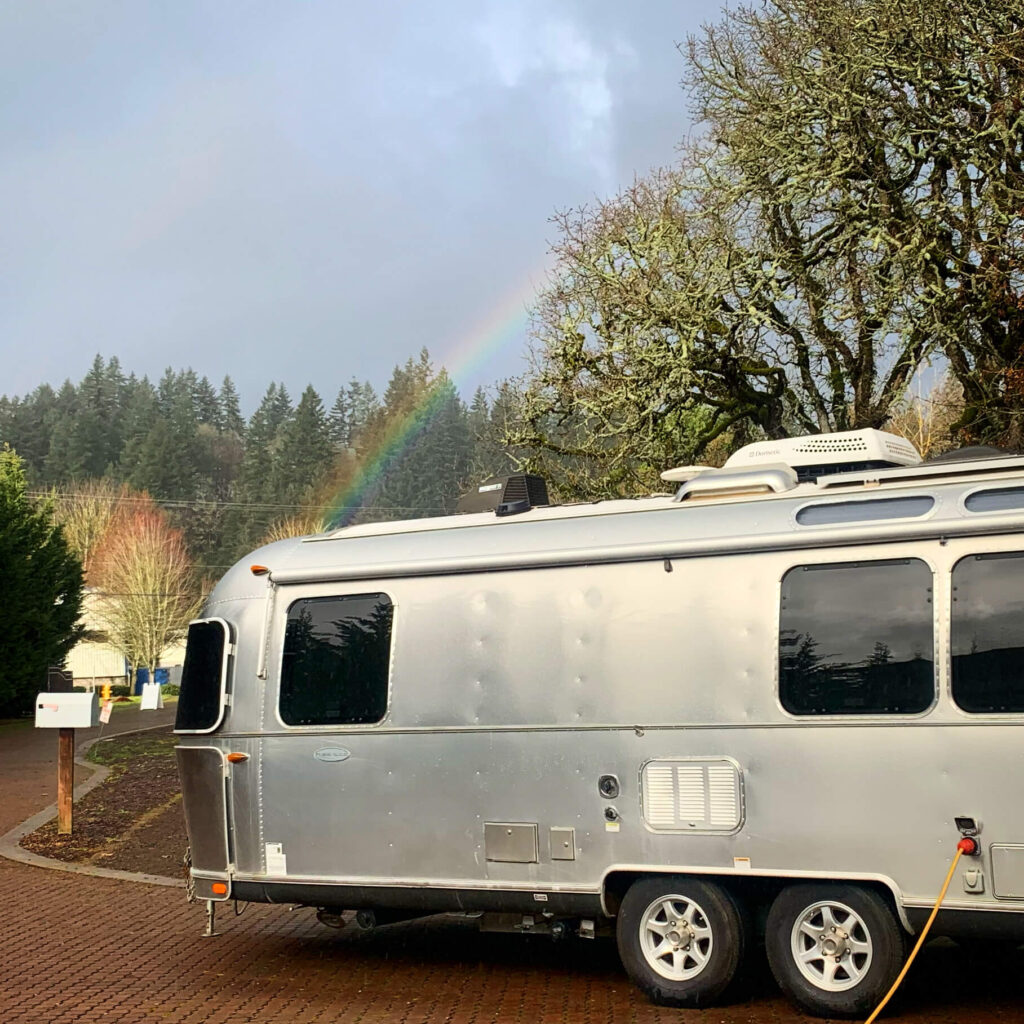A Do-It-Yourself lead recently approached us regarding a power system upgrade to their 5th Wheel. After some back and forth, we settled on a design that we felt would meet their needs, allowing them “to enjoy the comforts of home wherever you decide to park it.” We crunched our numbers and delivered the quote.
With some confusion, the lead called back and said that they had a quote from a competitor that came in at about 1/3rd the price of our quote. We explained that we put a lot of effort into figuring out exactly what was needed to power their loads, and for the price to be that different, there would have to be some sort of major miscommunication. We asked if we could look at the quote and give them an analysis of the differences.
Here are the two quotes:
*The dollar amounts and names have been removed to protect our client’s privacy. The AM Solar quote was 3.37x larger than the competitor’s quote.
Competitor

AM Solar Quote

Here’s how these two quotes compare:
-
The solar panels on the competitor’s quote don’t have a warranty. Typically, when you see this, that means the panels were probably removed from a commercial project and you would be the second user.
-
We don’t recommend panels of this size in mobile applications. With the large span of glass, panels like this tend to flex more with road vibration, which leads to fractured cells and results in panels that aren’t as efficient.
-
There are only four mounting brackets per panel. This scares me. I would use at least six attachment points on panels this large. Big panels like this can be sails.
-
There is no sealant for the mounts. This is bad for your RV and bad for anyone driving behind you. Over time, the elements can eat away at unsealed mounts, weakening the panel attachment points.
-
Based on the number of 2-1 pigtails, I’m guessing they intend the solar array to be connected in two parallel groups of four panels in series, but it’s weird that they don’t differentiate between the 2M to 1F and 2F to 1M pigtails needed for both the positive and negative side. If you have a 2×4 array, it will operate at about 160V DC, which is scary in a mobile application. The highest we ever go is about 40V.
-
There doesn’t seem to be a disconnect switch between the solar array and the charge controller.
-
There doesn’t seem to be any circuit protection on the output of the charge controller, nor are cables included.
-
I don’t see any lugs or heat shrink included.
-
The inverter should have a 400A class-T fuse, a disconnect switch, 4/0 cable, 10/3 cable, lugs, heat shrink, etc. It doesn’t have any of that.
-
There’s no battery monitor.
-
There is no DC/DC charge kit for the 7-pin connection preventing backflow from the lithium battery bank.
-
The components that we offer, from the premium Victron Energy equipment, to our UV-protected custom 10/2 cable and AM Solar stainless steel mounting hardware, marine-rated breakers, and on, are selected for our kits based on years of hands-on installation experience on thousands of RVs. We provide equipment that we know will last in RV and mobile applications, and our first-class technical support and warranty assistance set us apart.
I finished the analysis with an explanation of how AM Solar sells complete kits, proven to work in our installation bays, and designed to limit the number of unexpected trips you have to make to the hardware store. We offer custom diagrams and programming instructions, and provide technical support for the life of the rig. I said “Even if I can’t sell you an AM Solar kit, I hope that I can at least convince you not to buy this kit from…” “I can’t see any way it will end well.”
A day later, they purchased the kit from us, and we have been working with them toward a successful installation.




